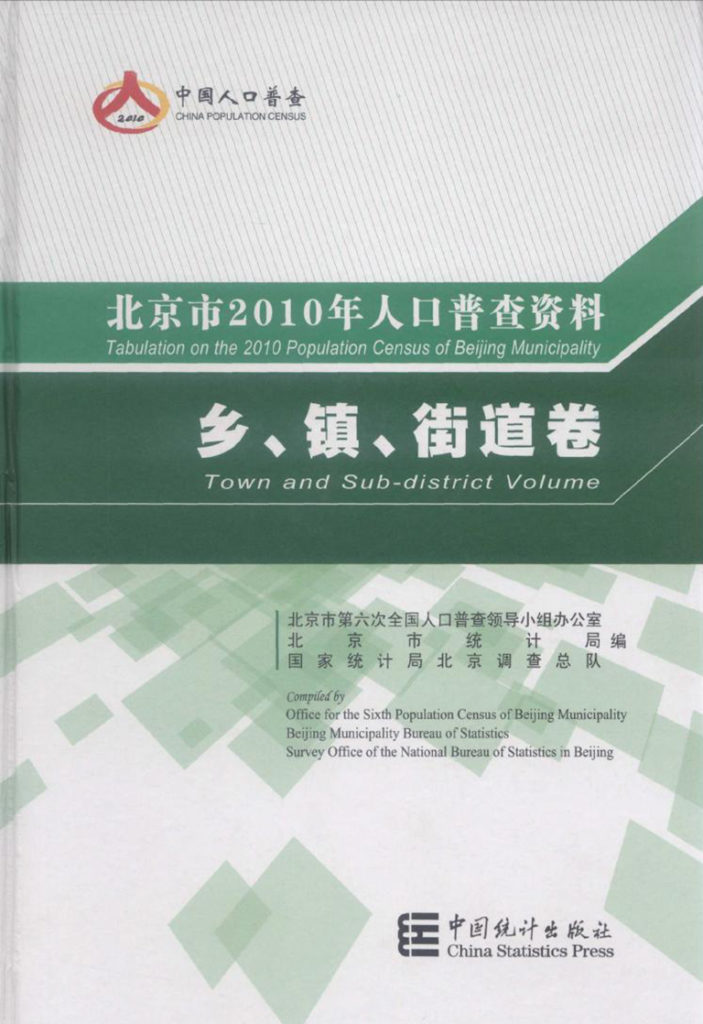Since the establishment of the People’s Republic of China there have been seven population censuses:
- First National Population Census of the People’s Republic of China (1953)
- Second National Population Census of the People’s Republic of China (1964)
- Third National Population Census of the People’s Republic of China (1982)
- Fourth National Population Census of the People’s Republic of China (1990)
- Fifth National Population Census of the People’s Republic of China (2000)
- Sixth National Population Census of the People’s Republic of China (2010)
- NEW! Seventh National Population Census of the PRC (2020) – contact us for details.
The NPCC Database includes content starting from the 1982 census. Data from the first two national censuses (1953 and 1964) are referenced within documents from later census years. Users may purchase the entire database or individual census rounds.
In general, there are several levels of publishing in the NPCC Database. At the highest level are the all-China results, which are publications focusing on the complete country of China. In the middle are provincial-level results, which focus on each Chinese province or autonomous republic. And at the lower level there are city, county and other administrative unit publications. The publishing authority for the national and provincial volumes is typically a central governmental publisher (most often China Statistics Press). The lower-level administrative units—cities, counties, and in some cases provinces as well—are typically published by the respective local statistical authorities.
The interface has been designed to help researchers find data simply and quickly. Main interface features include:
- Point and click on a title to browse or locate tables and graphs
- Search and in-depth data mining in Chinese or English
- Save results in popular spreadsheet formats
- Generate dynamic reports of comparative data
- View in full-text and full-image
- Customize parameters by geography, time period, volume, and index attributes
- Export data into GIS software programs
Complete title lists, including MARC records, are available from East View Information Services. Please contact us for further information.
The NPCC Database is also an ideal source for GIS (geographic information system)-enabled research and analysis. For GIS-ready files (including appropriate boundary files and English-language content), please contact us for further information.
